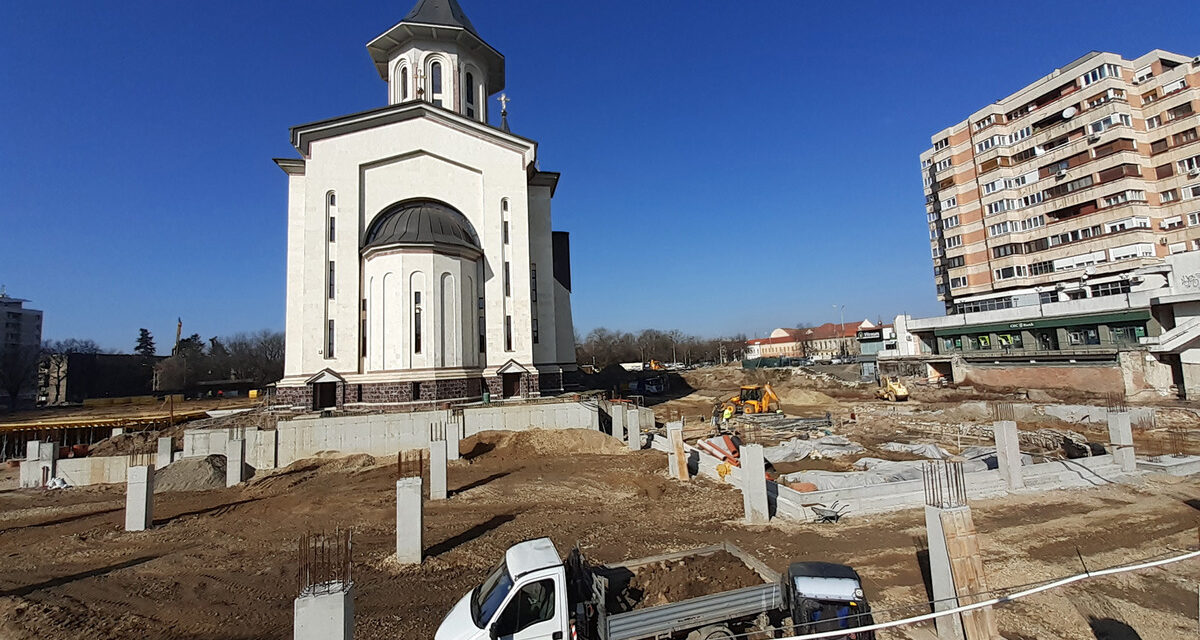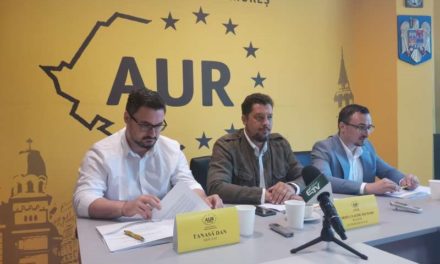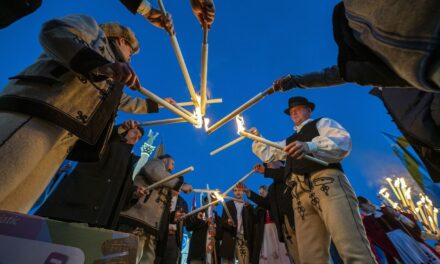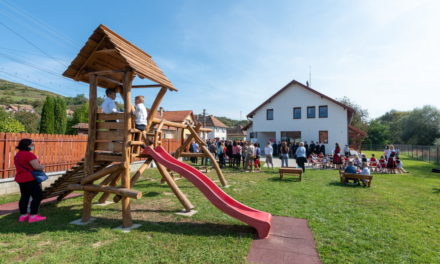HírTV viewed the landmark article written by Attila Balázs D. Balázs about the Romanization of the city of Szent László on the website of the Országépító magazine . According to the author, nowadays not only Marosvásárhely or Cluj, but also Nagyvárad is considered an "operational area" in Transylvania.
The comprehensive article titled Nagyvárad , the wounded city"
the Romanian-dominated municipality is still carrying out irreversible damage to the cityscape and anti-Hungarian actions.
All this could not have happened in the Hungarian world, or at least with strong local Hungarian representation, the author adds.
In his analysis, D. Attila Balázs points out that only the renovations of the Art Nouveau palaces in Várad are communicated to the general public, which is often taken over by the Hungarian press without criticism. However, these renovations were carried out mainly because the Romanian-led municipality "liked" the art nouveau, its cosmopolitan character, and they are trying to forge a tourist attraction out of it. Of course, in such a way that the Hungarian roots are cloaked in the most different forms, he adds.
The attention-grabbing and thought-provoking article discusses the violent Romanization of the much-suffering city from Trianon to the present. It sheds light on the destruction of several monuments, the latest examples of the onion-domed conquest, the destruction of local Hungarian archeological finds, the destruction of Hungarian cemeteries today and the increasingly obvious Romanian aspiration that the Hungarian past should be pushed into the background architecturally in the city founded by our King Szent László.
You can read the entire article on the website of the most important page of Hungarian organic architecture, HERE .
Cover image: Balkan screen in front of the castle's western gate / Photo: orszagepito.net












